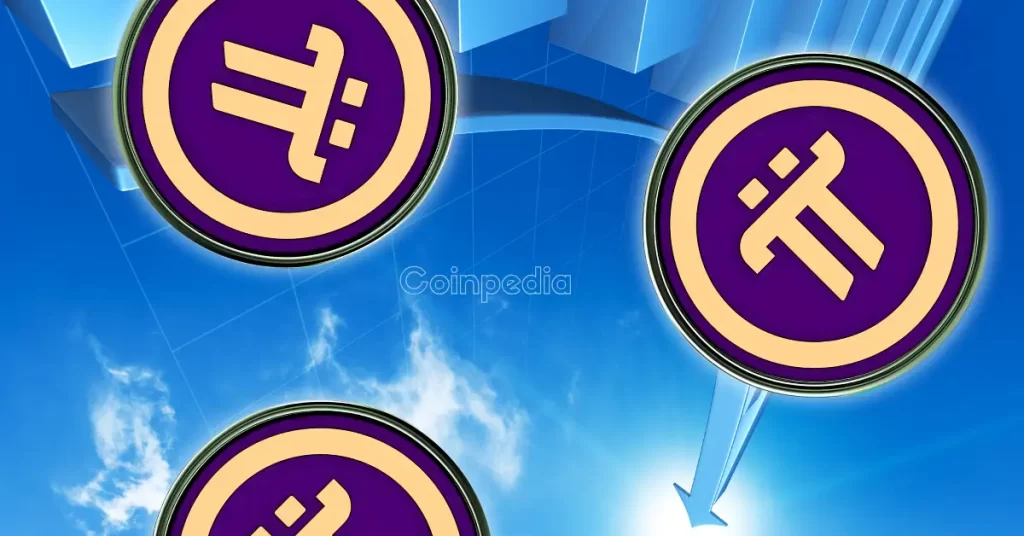Elon Musk, the billionaire entrepreneur and Tesla CEO, has long been a kingmaker in meme coins. His endorsements have historically sent tokens like Dogecoin (DOGE) soaring. However, his latest “Gorklon Rust” stunt has sparked a rally that, while notable, pales compared to past frenzies.
With GORK’s inability to reach $100 million market cap, market watchers are raising questions: Is Musk’s influence over meme coins waning in 2025?
Musk’s Meme Coin Influence Isn’t What It Used to Be, Analysts Claim
On May 4, Musk’s shift to “Gorklon Rust” and a GORK-themed profile picture on X ignited a surge in the Solana (SOL)-based GORK meme coin. Despite this, it could not reach a $100 million market capitalization.
“Pretty wild that not even Elon Musk changing his pfp has a significant impact anymore. GORK went from $45 million to $75 million market cap, and now back to $65 million,” an analyst wrote.
Many others shared a similar sentiment, highlighting the fading influence of Musk’s antics.
“State of alt liquidity: Elon Musk, with 200 million followers, shills a meme — barely pushing it over $50 million,” analyst Him added.
This isn’t a one-off incident. In February 2025, Musk’s brief Harry Bōlz rebrand drove the HARRYBOLZ token to a market cap of just $9.5 million. Moreover, in December 2024, when Musk endorsed “Kekius Maximus” as a username, KEKIUS’ market cap reached slightly over $88 million.
Similarly, when the CEO shared a Dogefather meme, several similar-named tokens were created. Yet, none of them could even come close to a $100 million valuation.
Contrarily, Musk’s continuous support for DOGE often sparked substantial rallies for the dog-themed meme coin in 2020–2021. This added billions and not just millions to its value. Besides DOGE, many other meme coins also benefited from Musk’s mentions.
“Elon is literally the single most powerful player in the world today when it comes to starting meme coin movements. He has inspired/fueled the biggest meme coin movements in the world today mostly through a few tweets: doge, shiba inu, floki, etc,” a user posted in September 2024.
However, recent data tells a different story. The disparity suggests Musk’s influence is less scalable. While he can still spark short-term pumps for smaller tokens, pushing meme coins to $100 million or beyond appears increasingly out of reach.
“Notice how Elon Musk used to move billions in market cap with a single tweet, and now him even changing his pfp can’t even add $50 million to already super low trading meme coins. It means that people are really getting tired and moving on from chasing the next meme coin,” analyst Ajay Kashyap said.
That’s not all. Even when Musk does spark a rally, the gains are fleeting. GORK’s rapid rise and fall is a case in point. Its market cap has plunged to just $35 million at press time, according to CoinGecko data.
“Either this still has time to run, or Musk doesn’t quite have the same effect on the Meme coin market like DOGE in 2021,” another analyst stated.
Meanwhile, a market watcher stressed that Elon Musk’s impact on the cryptocurrency market, particularly with meme coins, is unlikely to be as significant as it was in the past.
He noted that the conditions when Musk’s influence peaked differ greatly from the current market. The cryptocurrency space has seen a surge in the number of meme coins, and as a result, the money has been spread across numerous assets, diluting the potential impact of Musk’s endorsements.
It is worth noting that Musk’s moves often trigger a flood of copycat tokens, such as Gorklon Rust and Kekius Maximus clones, which emerge on platforms like Pump.fun.
These knockoffs dilute the original token’s performance by splitting investor capital and sowing confusion. This trend also harms perception, as copycats often turn out to be pump-and-dumps. The proliferation of fakes further undermines trust in Musk-driven tokens, capping their potential.
Thus, while Musk retains the ability to generate some market interest, the era of him single-handedly propelling meme coins to extraordinary valuations may well be behind us.
The post Is Elon Musk Losing His Influence Over Meme Coins? Analysts Weigh In appeared first on BeInCrypto.







